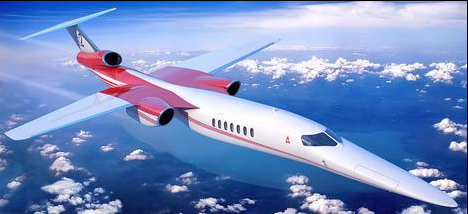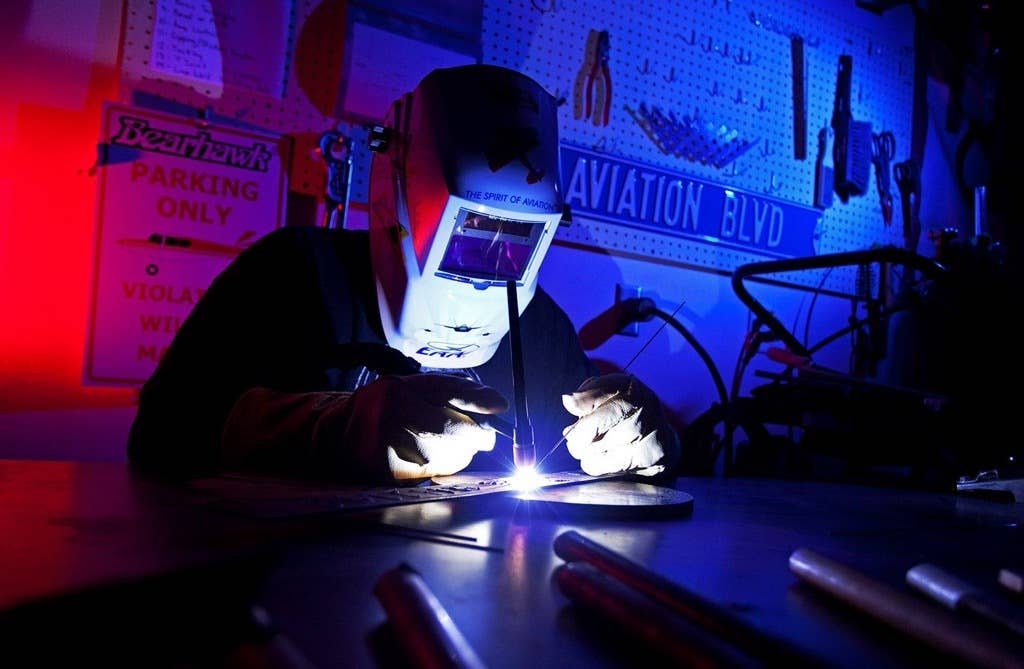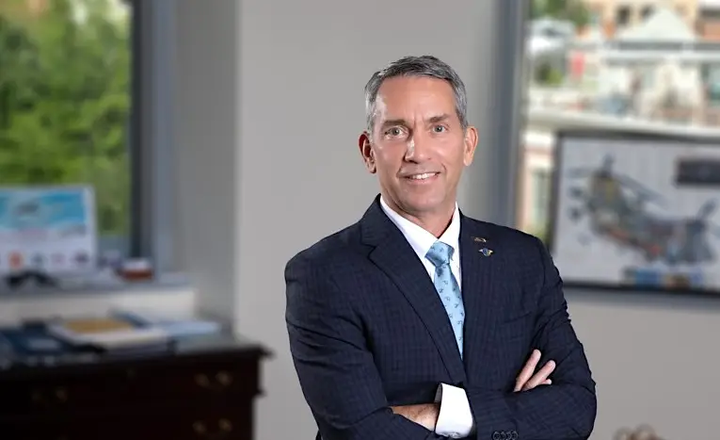Boeing Makes Big Coronavirus Move On Supersonics
The decision by the aircraft maker signals less a change in a direction than a new perspective.

Aerion AS2 supersonic business jet. (Artist’s Rendition)
Boeing is bearish on supersonics. Word has spread that the aircraft manufacturing giant has pulled back on its investment in the Aerion AS2 supersonic business jet.
Our recent opinion on the shaky future of supersonic transports didn't cause Boeing to do what it just did. All it did was point out the obvious, that in today's economic and environmental environment, supersonic programs are building their future on a shaky foundation. This week's news is merely a reflection of that fact.
Though details are somewhat sparse, what we do know from several sources, including The Air Current, is that Boeing, along with partner Spirit Aerosystems, has "disbanded its engineering teams" on the Aerion AS2 supersonic business jet program it had entered into with Aerion last year. Boeing was a major investor and was signed on to oversee several critical developmental programs.
Separately, Boeing is working on its own near-hypersonic airliner that's far more ambitious with goals that stretch out over at least two decades. That program doesn't appear to be affected by the company's pulling back on its Aerion commitment.
Even before the Boeing move, Aerion was reevaluating its timetables. It had originally targeted first flight by 2018, but that goal has now stretched out to 2025. The Mach 1.3, $120 million jet would be built in Melbourne, Florida, under an agreement inked last year. No word, again, on how Boeing's move will affect Aerion's Melbourne plans.
While environmental issues, chiefly fuel consumption and high levels of noise, remain big issues for supersonic jets, even if one were to overlook the fact that low-noise-signature sonic boom technology is still a work in progress, there was apparently enough promise in that future that Boeing initially took the chance.
Lockheed Martin is also developing a supersonic transport jet, though its development is largely in house, where it can more easily and quietly step back from development if market conditions so dictate. That company was a prior partner with Aerion in the development of the AS2.
For Boeing, it has been one calamity after another. Hobbled by the failure of its 737 Max program, a pair of high-profile tragedies associated with a new stability enhancement feature, a grounding of the 737 Max fleet and sent reeling by a global reduction in air travel due to the novel coronavirus pandemic, Boeing was looking to save cash wherever it could, and apparently spending on forward-looking projects that are anything but a sure bet was one investment it could step back from, and without having to cut staff.
No word from Aerion on what Boeing's move will mean to its development program or its move to Melbourne. We'll keep you posted.

Subscribe to Our Newsletter
Get the latest Plane & Pilot Magazine stories delivered directly to your inbox






